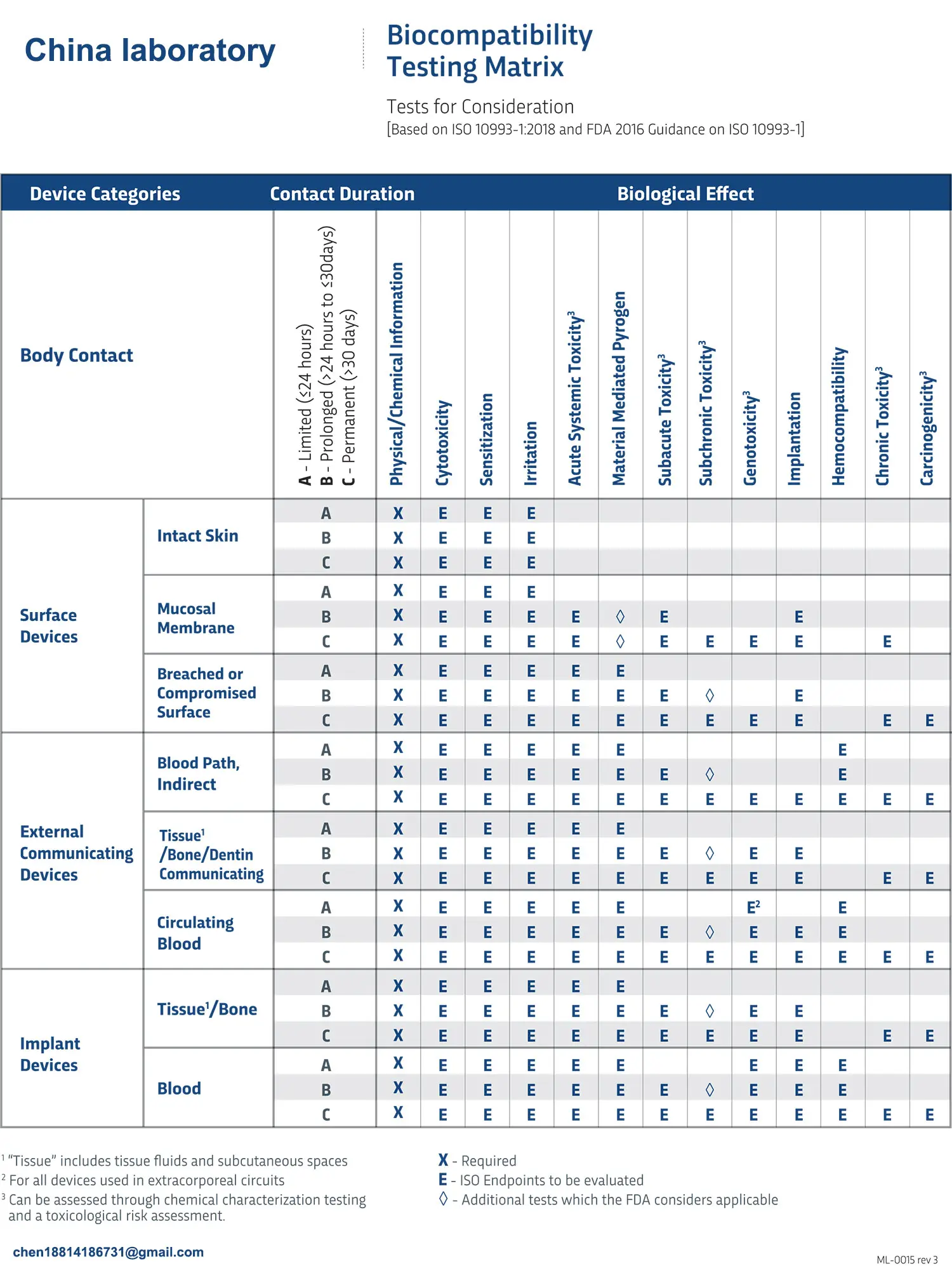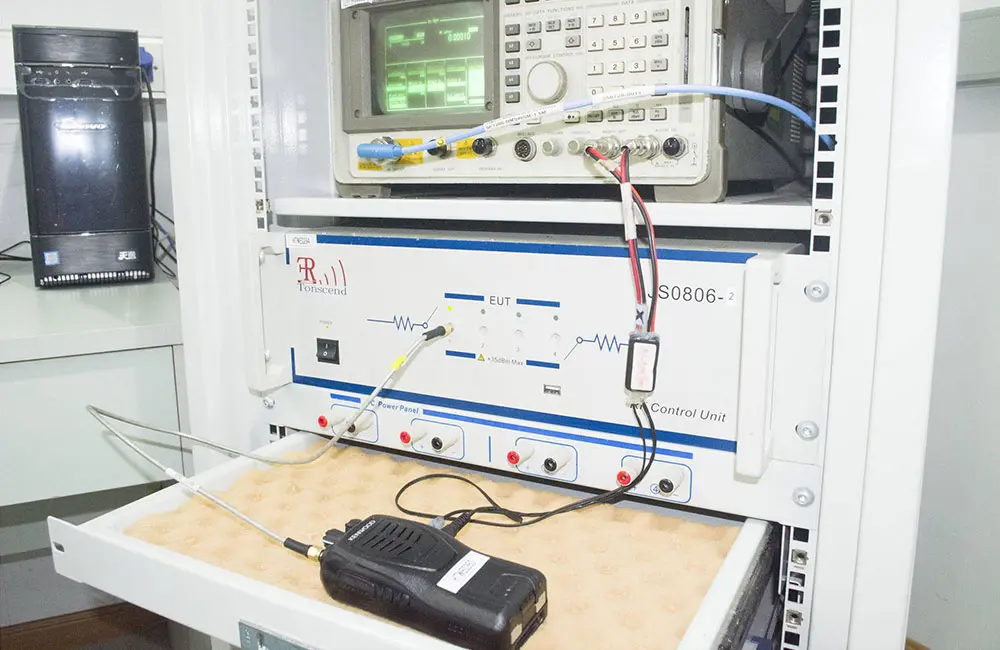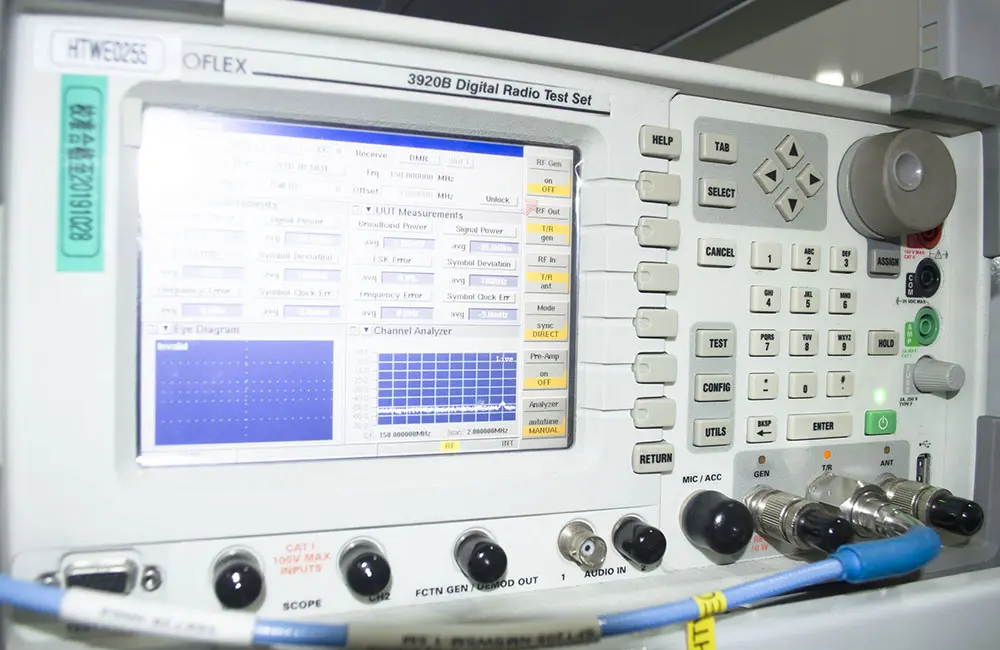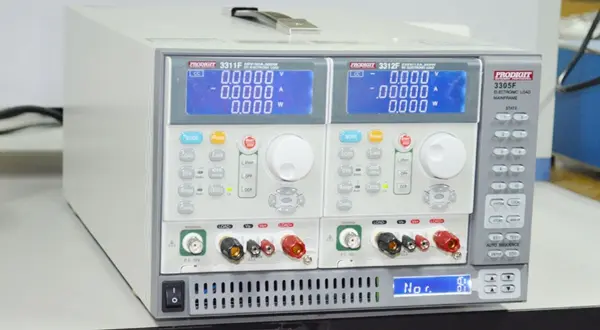
Biocompatibility Assessment of Medical Devices and Materials
biocompatibility is a crucial indicator for ensuring the safety of medical devices, and its research and analysis must be integrated throughout the project, consuming significant financial resources, effort, and time. Many professionals feel uneasy about "biocompatibility," but once you understand the principles, the evaluation becomes straightforward. In the early stages of medical device development and project initiation, the costs associated with biocompatibility can generally be transferRED to upstream suppliers. Suppliers can provide relevant certification and sign quality agreements to define their responsibilities and risks.

However, for the final product (the product ready for market), the evaluation and analysis need to be done by the company itself. Typically, many companies passively and reluctantly choose biocompatibility testing (final evaluation tests), preferring to do more rather than less. This approach often leads to wasted resources and costs, resULting in "over-research." This article discusses the general approach to evaluating biocompatibility for final products based on practical considerations.
Biocompatibility evaluation can be broadly categorized into three situations:
1. No Biocompatibility Evaluation Required
For medical devices that do not come into direct or indirect contact with the human body, such as in vitro diagnostic reagents (IVD), biocheMICal analyzers, and MRI devices, no biocompatibility evaluation is required. In this case, a simple statement based on the intended use of the product is sufficient for evaluation.
2. Comparison with Similar Products
Also known as the "overall evaluation method," this approach proves the biocompatibility safety of the product by comparing it with similar products. This method is both appreciated and problematic. It's appreciated because it doesn't involve additional costs, which is favored by managers. However, it can be challenging if supporting documentation is not available or is questioned by reviewers. This method relies heavily on the experience or knowledge of the development team. The general idea is that there is no need to select evaluation endpoints or conduct biocompatibility tests, as long as there is sufficient evidence to support the safety of biological risks.
1. Data Collection
This involves obtaining data from similar products, including but not limited to:
- Raw material information: including all material names and specifications.
- Processing technology: comparison of the process flow diagrams, including packaging and sterilization methods.
- Model crossover: comparison of geometric and physical characteristics.
- Clinical use methods: identical clinical use methods.
- Contact with the human body and duration: using downgraded comparisons where the requirements for the product are lower, such as a contact time of 2 days versus 7 days for a comparative product. These data are usually confidential and internal to the company or related entities.
2. Data Analysis and Conclusion
If the analysis results are identical, the evaluation is successful. If there are differences, further analysis or biocompatibility testing for the differing aspects is required.
3. Endpoint Evaluation Method
If the comparison method is not applicable, biocompatibility testing using the endpoint evaluation method must be used. This is the commonly used method today. The general approach is:
1. Analyze the Characteristics of the Medical Device
- Nature of contact with the human body:
- Surface contact: with skin, mucous membranes, or broken/damaged surfaces.
- External access: with indirect blood contact, tissue/bone/dentin contact, or blood circulation contact.
- Implantable devices: with tissue/bone contact or blood circulation contact.
- Contact time classification:
- Short-term contact: cumulative time < 24 hours.
- Long-term contact: cumulative time 1 to 30 days.
- Permanent contact: cumulative time ≥ 30 days.
2. Select Endpoint Tests
Based on the above situations, analyze the product and select biological endpoint tests according to GB/T 16886.1 Appendix A. For example, if the product is a blood dialysis line, it should be classified as in contact with circulating blood for long-term contact. The selected biological endpoints may include cytotoxicity, sensitization, irritation or intradermal reaction, material-mediated pyrogenicity, acute systemic toxicity, subacute toxicity, subchronic toxicity, chronic toxicity, implantation reaction, hemocompatibility, genotoxicity, and carcinogenicity.
3. Testing
Choose a qualified third-party testing agency to conduct the tests and provide a test report.
4. Prepare Biocompatibility Study Report
Based on the results of the biocompatibility tests, draw conclusions and prepare a biocompatibility study report.
China JJR Laboratory offers ISO 10993 and ISO 18562 biocompatibility testing services. Please feel free to inquire!
Email:hello@jjrlab.com
Write your message here and send it to us
 What is the meaning of EMC?
What is the meaning of EMC?
 Why EMC Test Is Required?
Why EMC Test Is Required?
 What is the Difference Between EMI and EMC?
What is the Difference Between EMI and EMC?
 What is the difference between CE EMC and CE LVD?
What is the difference between CE EMC and CE LVD?
 What Is the EU WEEE for Electronic and Electrical
What Is the EU WEEE for Electronic and Electrical
 What Is the ASTM D4316-95(2016) Hot Water Bottle T
What Is the ASTM D4316-95(2016) Hot Water Bottle T
 Amazon Electric Massager UL1647 Test Report
Amazon Electric Massager UL1647 Test Report
 What Is IEC 60068-2-5:2018 Solar Radiation Test?
What Is IEC 60068-2-5:2018 Solar Radiation Test?
Leave us a message
24-hour online customer service at any time to respond, so that you worry!




